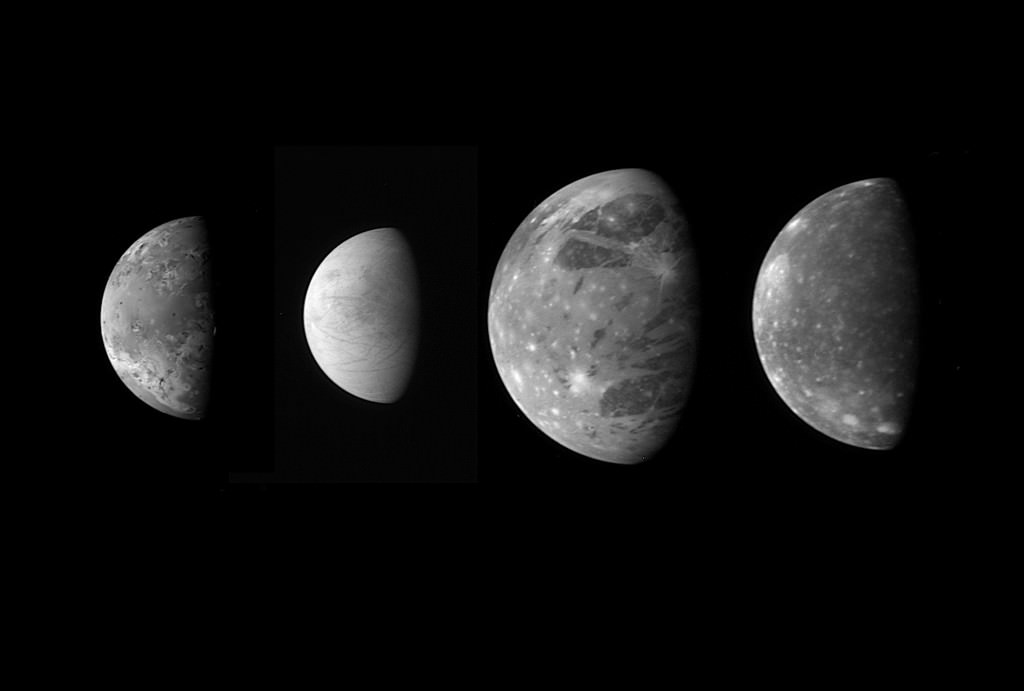Astronomy Jargon 101: Galilean Moons

In this series we are exploring the weird and wonderful world of astronomy jargon! You’ll dance around Jupiter with today’s topic: the Galilean Moons! In the winter of 1609 Galileo Galilei pointed his newly built astronomical telescope at the planet Jupiter, and saw that the mighty planet was joined by smaller points of light. Over the course of the next few months he watched as four points of lights danced around the planet. It didn’t take him long to realize what he was seeing: four moons in orbit around Jupiter. This was a major breakthrough in astronomy, the first time anyone had observed an orbiting object around another planet. Galileo initially named these moons in honor of his Italian patrons, the Medici family, but another set of names quickly proved more popular. Taken from various lovers of Zeus, the moons became known as Io, Europa, Ganymede, and Callisto. The innermost moon, Io, has a diameter about 3,660 kilometers across, and it orbits Jupiter every 1.769 days. It’s an extremely volcanic object, the only world other than Earth to host active volcanos. Next up is Europa, the smallest of the Galilean moons, just over 3,100 kilometers across. Europa is especially intriguing to astronomers. It’s covered in a thick sheet of ice, and underneath that ice the world hosts a massive, globe-spanning ocean. That ocean has more liquid water than the Earth does, and is a potential home for life. The third Galilean moon is Ganymede, the largest moon of the solar system at over 5,200 kilometers across. It’s even bigger than the planet Mercury, although only half as dense. It too likely has several alternating layers of ice and liquid water oceans. The moon is large enough to host a thin atmosphere of mostly oxygen. The last of the moons is Callisto. This moon isn’t much smaller than Ganymede, at 4,820 kilometers across. Unlike the other moons, Callisto’s surface is heavily cratered. Io’s nonstop volcanic activity constantly smooths over any impact scars, while Europa and Ganymede achieve the same resurfacing with ice. But Callisto lacks such activity, and so it retains an important record of the formation of the solar system. The post Astronomy Jargon 101: Galilean Moons appeared first on Universe Today.
Read original article here.
Written by: Paul M. Sutter

Facebook Comments